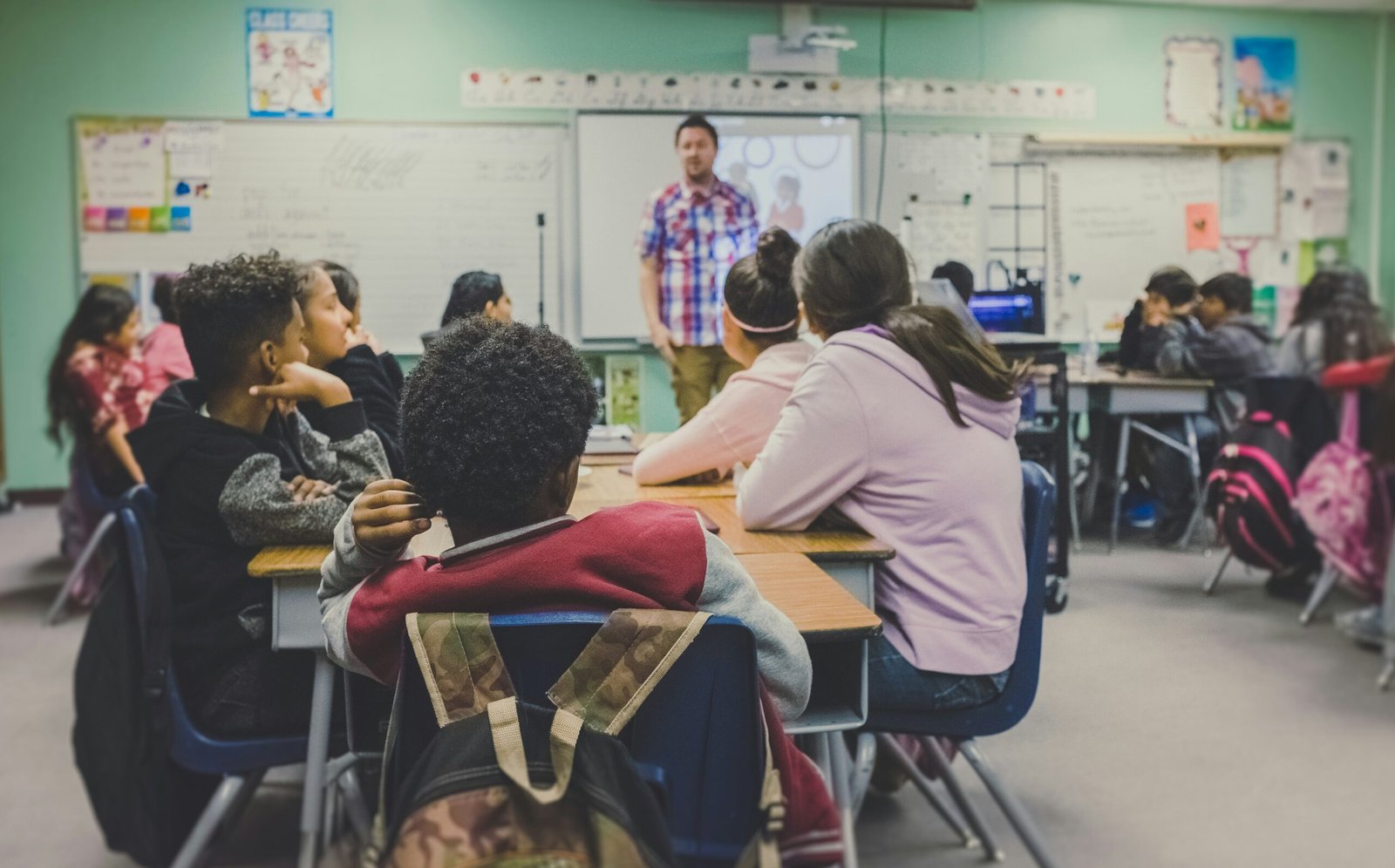General Background and Philosophy
1. Can you tell us about your background in special education?
I have [X years] of experience teaching students with diverse needs, including those with learning disabilities, autism spectrum disorders, and ADHD. I have worked closely with multidisciplinary teams to create individualized education plans (IEPs) and support students’ academic, social, and emotional growth.
2. Why did you choose to become a special education teacher?
I have always been passionate about ensuring every child has the opportunity to succeed. Working with students who face unique challenges inspires me to find creative solutions and celebrate their progress, no matter how small.
Knowledge of Teaching Strategies
3. How do you individualize instruction for students with special needs?
I use assessments and observations to identify each student’s strengths and challenges. Based on this, I create tailored lesson plans that incorporate differentiated instruction, hands-on activities, and assistive technology.
4. What strategies do you use to manage classroom behavior?
I implement a positive behavior support system, set clear expectations, and use visual aids and cues. Consistency and proactive interventions are key to creating a supportive and structured environment.
Legal and Administrative Knowledge
5. What is your experience with IEP development and implementation?
I have developed and implemented numerous IEPs, ensuring they align with state standards and the student’s specific needs. I collaborate with parents, therapists, and other educators to set achievable goals and monitor progress.
6. How do you stay current with special education laws and policies?
I regularly attend professional development sessions, subscribe to educational journals, and participate in online forums to ensure I am up-to-date with legal requirements and best practices.
Collaboration and Teamwork
7. How do you work with general education teachers to support inclusion?
I collaborate with general education teachers to adapt curriculum and provide strategies for accommodating students with special needs in their classrooms. I also co-teach and offer ongoing support to ensure successful inclusion.
8. How do you involve parents in their child’s education?
I maintain open communication through regular meetings, updates, and progress reports. I also invite parents to share their insights and work with them to reinforce learning strategies at home.
Assessment and Progress Monitoring
9. How do you assess students’ progress?
I use a combination of formative and summative assessments, along with informal observations and progress monitoring tools. I document growth and adjust instruction based on the data.
10. What do you do if a student isn’t making progress?
I re-evaluate the student’s IEP goals and strategies, consult with the team, and identify potential barriers. I then adjust the interventions to better meet the student’s needs.
Behavior and Social-Emotional Development
11. How do you address the social and emotional needs of students?
I incorporate social-emotional learning activities into my lessons and provide a safe space where students feel valued. I also work with counselors and families to address specific emotional needs.
12. How do you handle challenging behaviors?
I focus on understanding the root cause of the behavior, whether it’s sensory-related, frustration, or something else. I use strategies like visual schedules, calm-down techniques, and clear communication to manage and redirect behavior.
Technology and Resources
13. What assistive technology have you used in the classroom?
I have used tools like text-to-speech software, communication devices, and interactive apps to enhance learning and communication for students with disabilities.
14. How do you incorporate technology into your teaching?
I integrate technology by using interactive whiteboards, educational apps, and online resources tailored to each student’s needs. Technology helps engage students and supports differentiated learning.
Adaptability and Problem-Solving
15. How do you handle a situation where a student refuses to participate in an activity?
I would calmly try to understand why the student is refusing and adapt the activity to make it more engaging or accessible. Sometimes, offering choices or breaking the task into smaller steps helps.
16. Can you describe a challenging situation and how you resolved it?
A nonverbal student once struggled to communicate their needs, leading to frustration. I introduced a picture communication system and worked closely with the speech therapist. Over time, the student became more comfortable expressing themselves, reducing frustration.
Classroom Management
17. How do you create a positive and inclusive classroom environment?
I celebrate diversity and foster respect through activities that promote empathy and collaboration. I also use visual aids, flexible seating, and sensory tools to create an accommodating and inclusive space.
18. How do you balance the needs of students with varying abilities?
I use small-group instruction, peer mentoring, and differentiated materials to address diverse needs. Clear routines and time management also help ensure all students receive the support they need.
Self-Reflection and Growth
19. How do you evaluate your effectiveness as a special education teacher?
I reflect on student progress, seek feedback from colleagues and parents, and continuously assess the impact of my strategies. I also engage in professional development to improve my skills.
20. What are your long-term goals as a special education teacher?
I aim to continue advocating for students with disabilities, mentor new teachers, and contribute to creating inclusive learning environments. My ultimate goal is to ensure that every student can reach their full potential.

